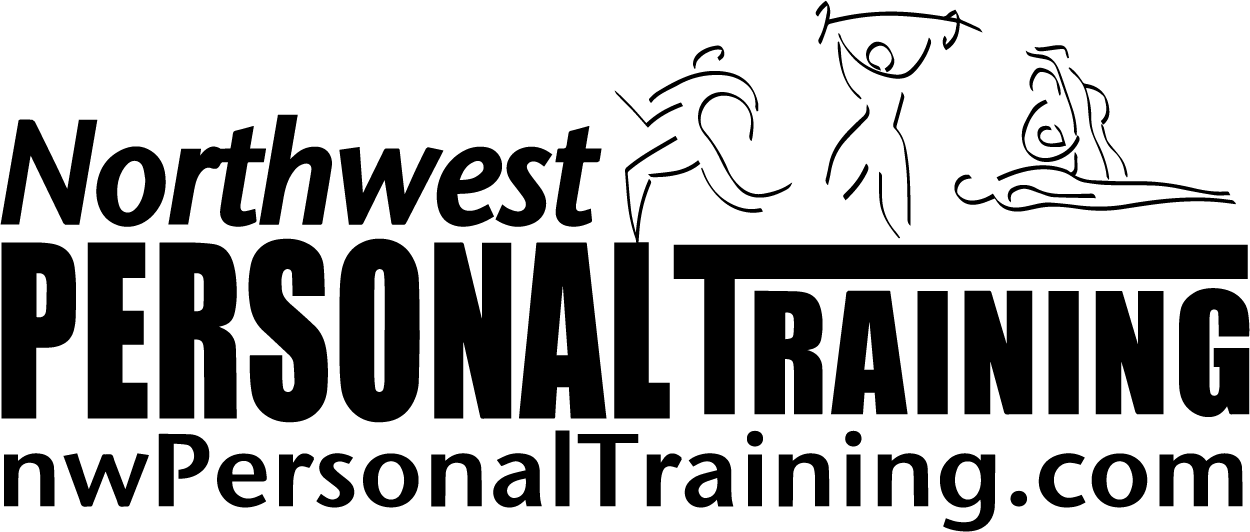Dear clients, friends and family,
An effective exercise program does not need to be painful. In fact, there is no study to date that has found extreme muscle soreness indicates a good workout and yet, so many people gauge the intensity of a workout by how stiff they are the next day.
Most of us have experienced muscle soreness. Remember the feeling after your first day of skiing, your first spring run or your first fitness class? This sensation is referred to as delayed onset muscle soreness (DOMS) because it takes about 1-3 days after the workout for the stiffness to kick in. The severity of DOMS is dependent on the novelty and intensity of the activity. So if you participate in a new sport and you go really hard, expect to be very stiff. Even if you are really fit, if you do something your body isn’t used to, you’ll probably pay for it unless you take it easy.
The message is, if you’re training appropriately, there’s no need to be extremely sore. It’s OK to think “Hey, my muscles feel like they had a great workout yesterday.” However, if you have a problem getting out of a chair, walking or even just moving, you’re training too hard – and not very sensibly. Calling in sick for work because you worked out too hard the previous day is not going to make your company very happy or get you the results you want!
While lifting weights you will experience muscular fatigue, a slight discomfort and a temporary “burning” sensation at the end of a set that goes away as soon as the set is finished. During cardiovascular exercise like running, cycling or fitness classes, your heart will be beating more quickly, you will be breathing heavier and you may feel fatigued at different points of your workout. These sensations are all normal.
However, during exercise, you should not feel sharp pain. This is not normal and you should stop the exercise immediately and consult a sports physician or physiotherapist. The key to exercising safely is being able to distinguish between muscular fatigue and pain.
To reduce the likelihood of extreme muscle soreness, always warm up, cool down and stretch. If you are participating in a brand new sport or activity, progress very slowly. Don’t go hard on your first day. Give your body a few workouts to adjust and then gradually pick up the intensity. For example, if it’s your first day of biking, choose a flat route, take lots of breaks and go for only a short ride.
Once you’ve established a consistent exercise routine, there are no extra health benefits from pushing yourself to be extremely sore. Pain is a warning signal that you have done too much, too soon.
If you do find yourself suffering from DOMS, back off on the intensity of your program and progress more slowly.
“No pain, no gain” is a myth. Pain is not necessary and may in fact be detrimental to improving your fitness and getting results.
Yours in health and fitness,
Sherri McMillan
